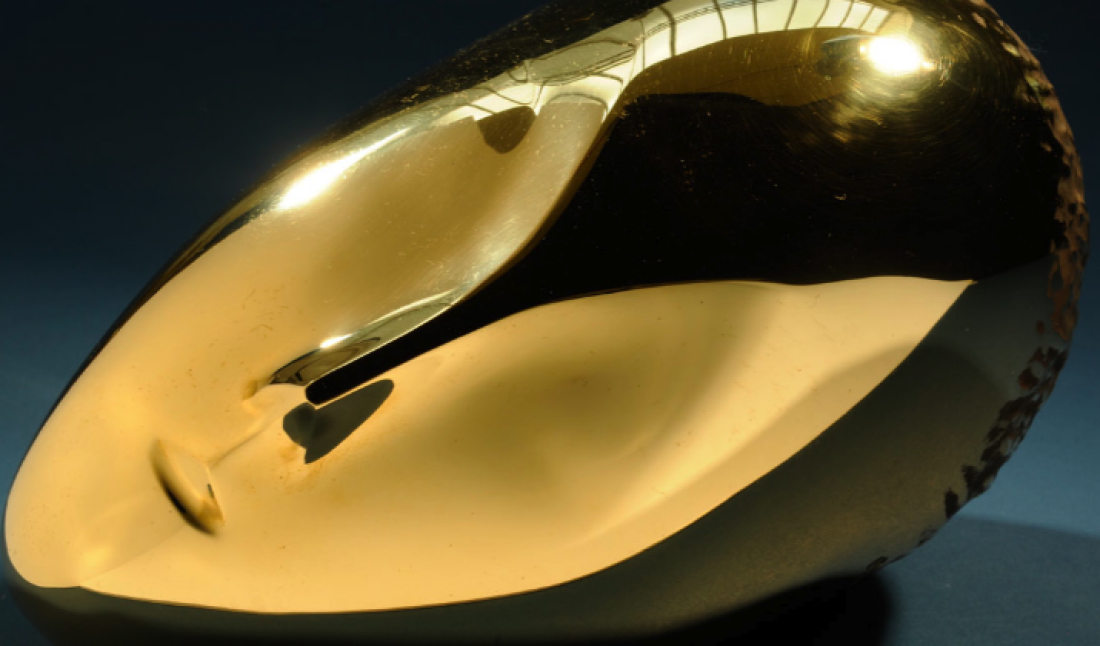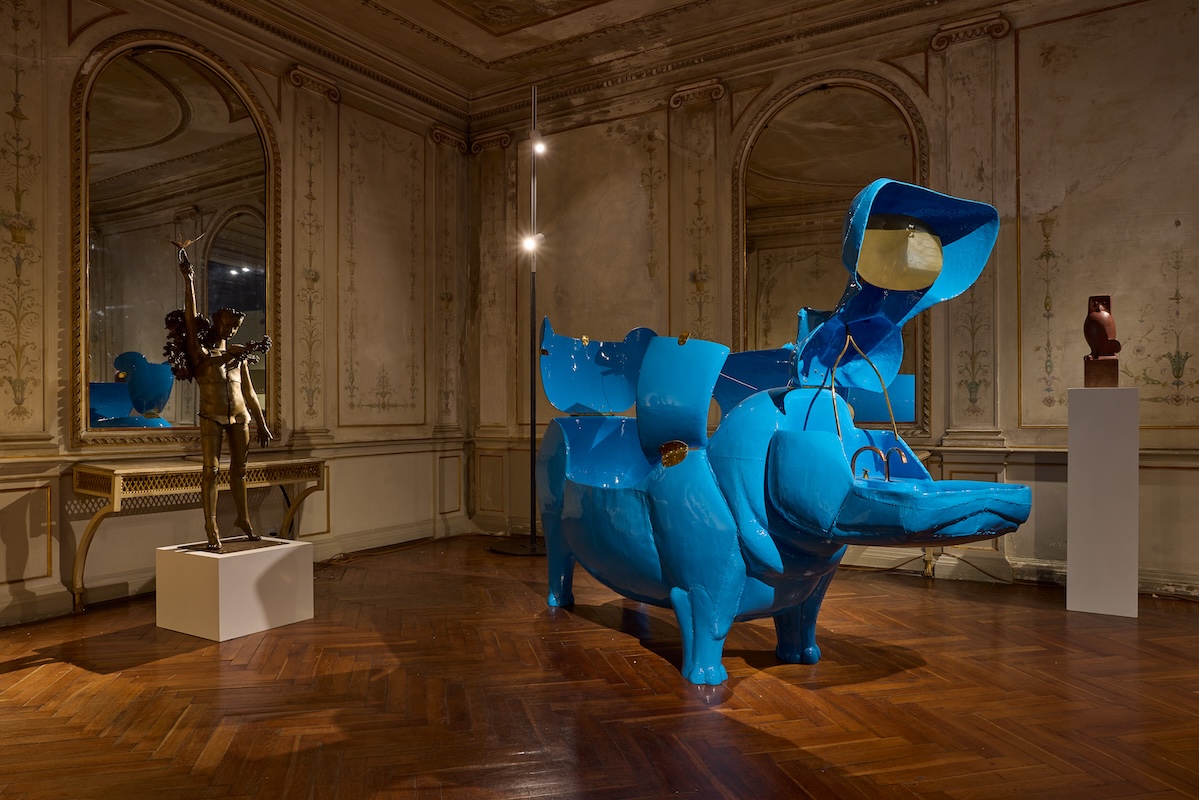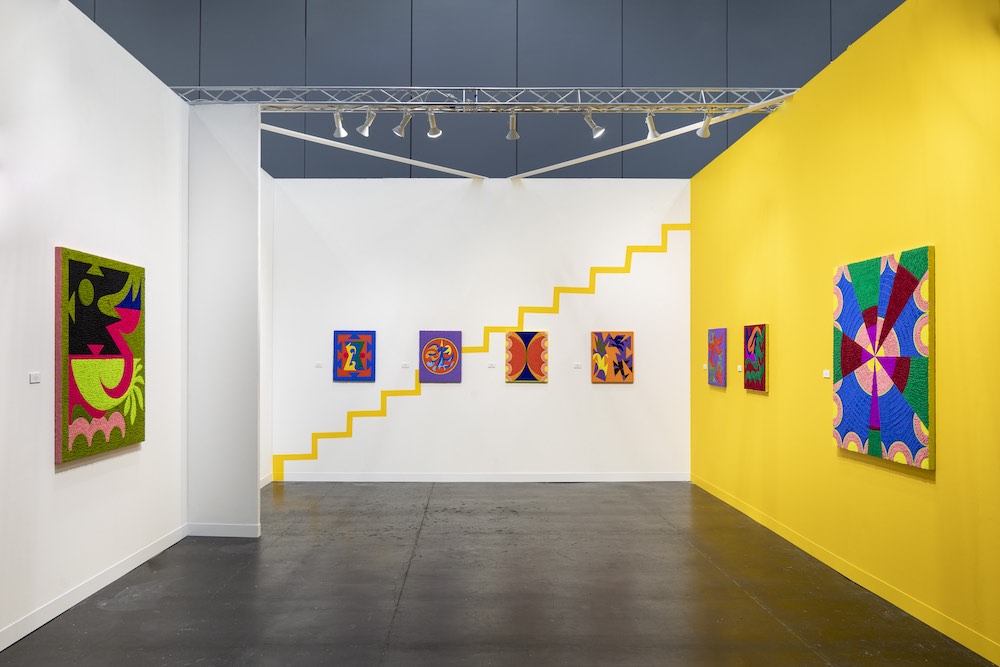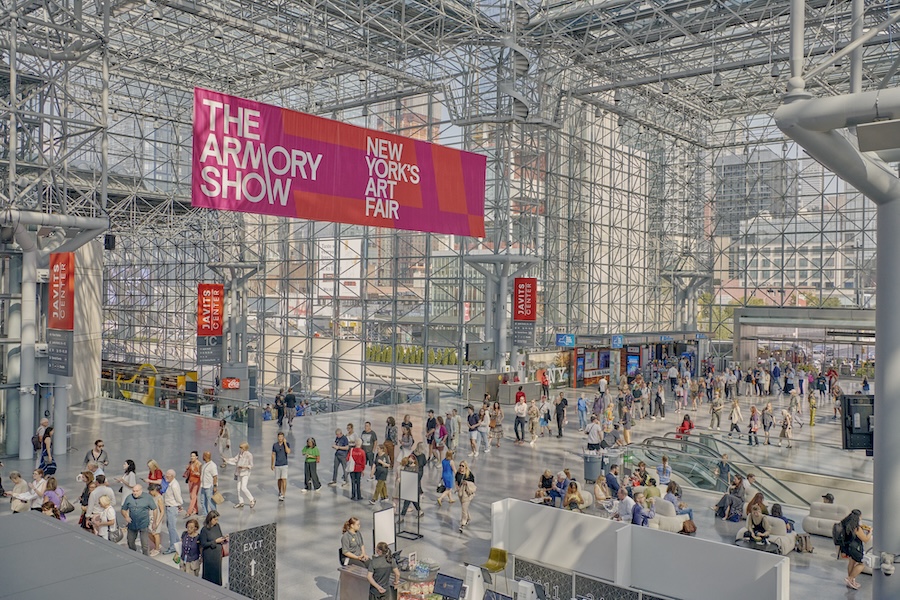When 20 works by the Romanian sculptor Constantin Brancusi arrived at the Port of New York in 1926, port officials weren’t happy. Although they had been labeled as artworks, officials deemed the abstract sculptures to be little more than industrial goods. In turn, they slapped a massive import tax on the pieces and seized them for tax purposes. Only nine years since Duchamp’s scandalous Fountain, it was yet another occasion when the way in which we define “art” was thrown into dispute.
Skip to the present day and there is little debate over the artistic credibility of the works on show at “Brancusi In New York 1913 – 2013.” The exhibition, taking place at Paul Kasmin Gallery, not only celebrates the 100th anniversary of Brancusi’s debut at The Armory Show in 1913, but also coincides with the release of a fully illustrated catalogue of the same name, published by Assouline.
“Without the Americans I would not have been able to produce all this, or even to have existed,” said Brancusi.
It is somewhat of a homecoming for the works. Ninety percent of Brancusi’s work was sold in the US and, in 1955, the Romanian sculptor told The Times: “Without the Americans I would not have been able to produce all this, or even to have existed.”
Jérôme Neutres, author of the catalogue, examines through archival images and his own texts how Brancusi came to see Manhattan as his “large-scale studio,” fascinated by the city’s capacity for change and soaring architecture.
Brancusi Seeing Architecture as Inhabited Sculpture
His penchant for architectural prowess is apparent in both the sculptures and photographs on show at Paul Kasmin. The photographs, a series of black and white prints from the ‘20s and ‘30s, were taken at his Montparnasse studio in Paris and echo New York’s skyline through towering structures and non-linear geometry. Brancusi saw architecture as “inhabited sculpture,” and the layout of the five bronze masterpieces on display – The Newborn, Mademoiselle Pogany II, Sleeping Muse II, Head, and Fish – reflect the systematic layout of the city through fluid, seamless forms raised on limestone pedestals.
100 years ago Brancusi’s work arrived at The Armory and marked the beginning of his success story in New York; a story that is shared by so many artists who rocked up in search of their big break and a slice of the Big Apple. A century on and “Brancusi In New York 1913 – 2013” celebrates the love affair between the sculptor and his beloved second city. It’s an affair that shows no sign of abating.











